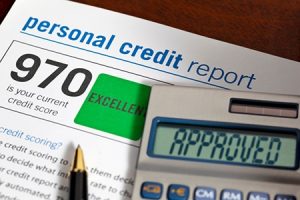5 Steps for Clean Window Screens
Cleaning your window screens is a chore few homeowners look forward to.
No matter how shiny you can get your window panes, if your screens are scuzzy, your windows will look less than well washed. Below are several tips for properly cleaning your pesky window screens.
Start by removing your screens. To really deep clean your screens, you’re going to have to remove them. While it may seem like a pain, the extra effort is worth it in terms of dirt removal. However, if you’ve done a deep window clean recently and are just doing a monthly touch-up, keeping your screens in place will work fine.
Death to dirt. If your screens are moderately dirty, you may be able to remove dirt with a lint roller or the soft brush attachment of your vacuum cleaner. If your screens are grimier, they will need a scrubbing. Use dish soap or vinegar mixed with warm water. Wet your screens with a hose (do this outside, folks!), then dip a soft, clean cloth in your cleaning solution and have at it.
Detail. Do your window screens still look filthy after you washed them with a cloth? Time for detailing. Grab an old toothbrush and really get in there.
Rinse and dry. Once your screens are sparkling clean, rinse them with a hose and let them fully dry before replacing, to avoid mold or warping your wood.
Patch. If you found any holes in your screens, seal them with a screen-patching kit before putting them back.
Hopefully these tips will prove to be helpful to you! Clean home exteriors make for excellent curb appeal.
Should you be in the market to buy or sell a home, please contact us, we’d love to assist you!

The Villarreal Team
Recognized as one of the Top Real Estate Teams in Texas














